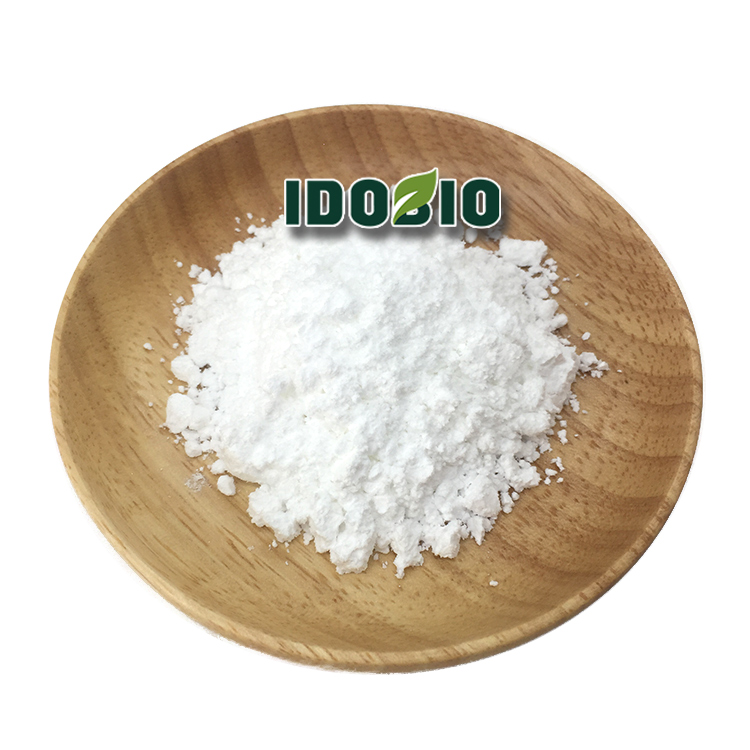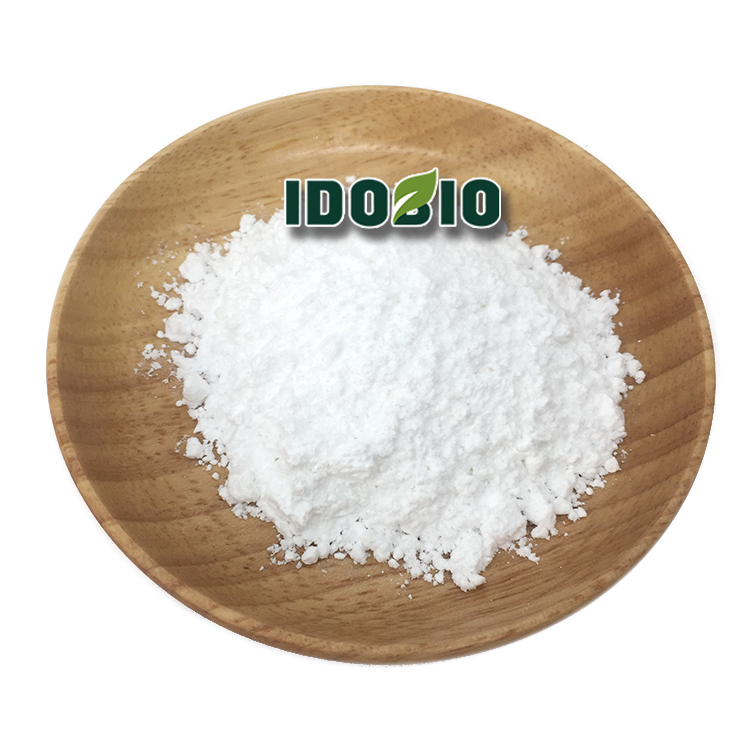Contact Us
For Product Pricing, Customization, Or Other Inquiries:
Contact Supplier
Call Us
Glycine CAS 56-40-6
CAS number 56-40-6
Molecular weight 75.067
Density 1.3±0.1 g/cm3
Boiling point 240.9±23.0 °C at 760 mmHg
Molecular formula C2H5NO2
Melting point 240 °C (dec.)(lit.)
Flash point 99.5±22.6 °C
Glycine
Glycine (Glycine, abbreviation Gly), also known as amino acetic acid, its chemical formula is C2H5NO2,
at room temperature and atmospheric pressure is a white solid,
is the most simple structure of the amino acid series, the human body is not essential to an amino acid,
in the molecule has both acidic and basic functional groups,
can be ionized in water, has a strong hydrophilic acid, but belongs to the non-polar amino acid.
It is soluble in polar solvents, but insoluble in non-polar solvents, and has a high boiling point and melting point.
Glycine can show different molecular forms by adjusting the acid-base of aqueous solution
Glycine
CAS number 56-40-6
Molecular weight 75.067
Density 1.3±0.1 g/cm3
Boiling point 240.9±23.0 °C at 760 mmHg
Molecular formula C2H5NO2
Melting point 240 °C (dec.)(lit.)
Flash point 99.5±22.6 °C
Glycine Function
1.Used as biochemical reagent, used in medicine, feed and food additives, nitrogen fertilizer industry as non-toxic decarburization agent
2.Used in pharmaceutical industry, biochemical test and organic synthesis
3.Glycine is mainly used as a nutritional additive in chicken feed.
4.Glycine, also known as aminoacetic acid, is an intermediate glycine ethyl ester hydrochloride used in pesticide production to synthesize pyrethroid insecticides,
and can also synthesize fungicide isocuron and herbicide solid glyphosate. In addition,
it is also used in fertilizer, medicine, food additives, condiment and other industries.
5.A nutritional supplement. Mainly used for seasoning and other aspects.
6.It is used as a buffer, for the preparation of tissue medium, for the examination of copper, gold and silver,
and medically for the treatment of myasthenia gravis and progressive muscular atrophy, hyperacidity, chronic enteritis, hyperprolinemia in children and other diseases
Glycine Application
Medicine
1. Used as a drug for the study of medical microorganisms and biochemical amino acid metabolism;
⒉ Used as raw materials for the synthesis of chloromycin buffer, anti-Parkinson's disease drug L-Dopa, vitamin B6, and threonine and other amino acids;
⒊ Used for amino acid nutrition infusion;It is used as a raw material of cephalosporin. Sulfoxamycin intermediate;
4. Synthesis of imidazole acetic acid intermediates, etc.;
5.cosmetic raw material.
6.It is mainly used as an additive and attractant to increase amino acids in feed for poultry,
7.livestock, especially pets. Used as a hydrolyzed protein additive, as a hydrolyzed protein synergist.
| L-Arginine base | |
| L-Arginine HCL | L-Norvaline |
| L-Alanine | L-Ornithine HCL |
| L-Aspartic acid | L-Phenylalanine |
| L-Asparagine Mono | L-Proline |
| L-Citrulline | L-Threonine |
| L-Cysteine HCL Anhydrous | L-Tyrosine |
| L-Cysteine HCL Monohydrate | L-TryptoPhan |
| L-Cystine base | L-Valine |
| L-Glutamic acid | D-Proline |
| L-Glutamine | DL-Methionine |
| L-Isoleucine | N-Acetyl-DL-Leucine |
| L-Leucine | N-Acetyl-DL-Methionine |
| L-Hydroxyproline | N-Acetyl-L-Cysteine |
| L-Histidine base | N-Acetyl-L-Tyrosine |
| L-Histidine HCL | N-Acetyl-L-Glutamine |
| L-Lysine HCL | N-Acetyl-L-Methionine |
| L-Malic acid | S-Carboxymethyl-L-Cysteine |
| L-Methionine | Taurine |







